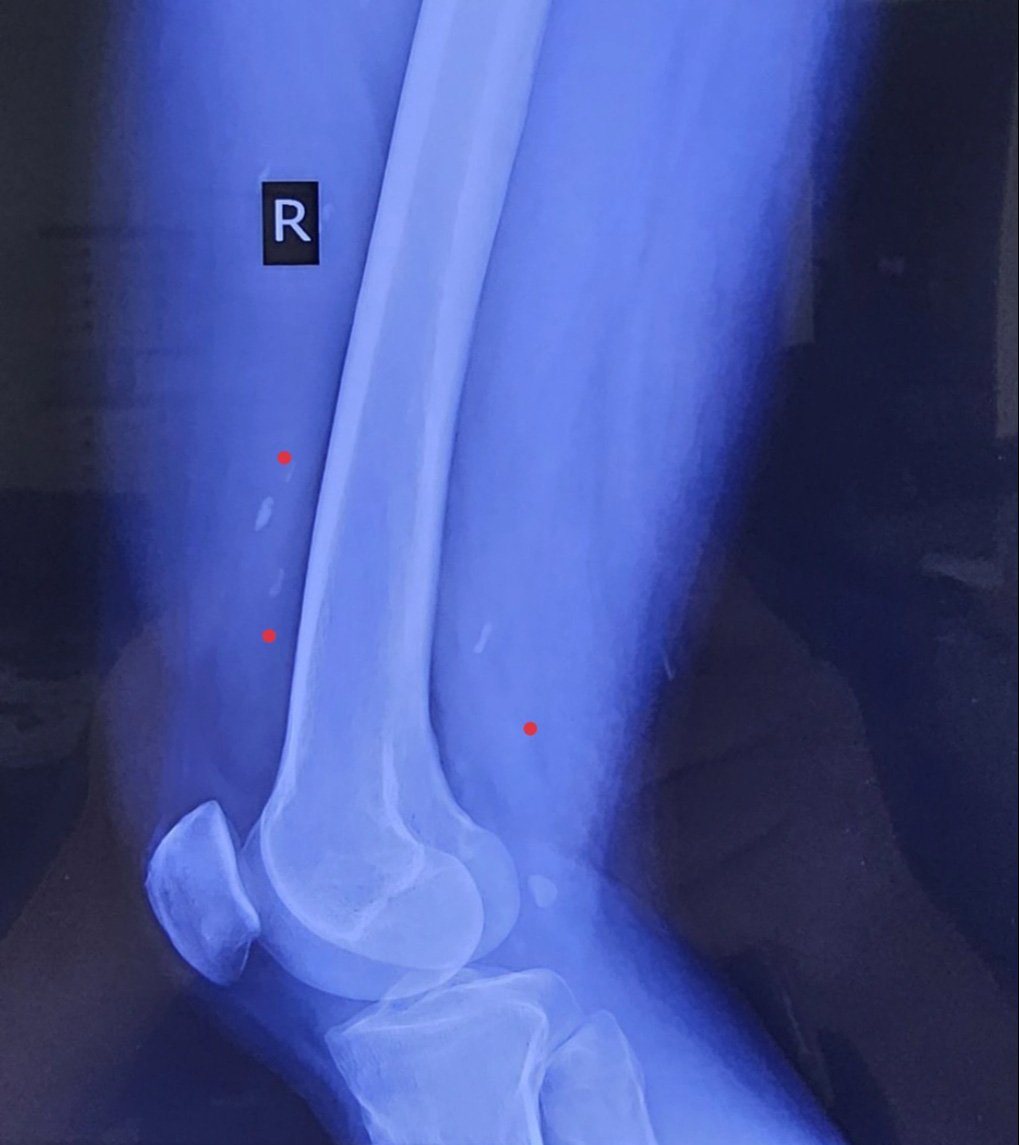
Worms in the patient's body - Photo: BVCC
Doctor Le Van Thieu, Department of General Infection, Central Hospital for Tropical Diseases, shared that he had just received Mr. LVV (58 years old) who came to the hospital for examination with headache, dizziness, nausea, and pain in the right thigh muscles.
"X-ray results showed that there were many worms in the muscles. Through investigation, this man had a preference for eating raw and undercooked dishes such as raw fish salad, raw vegetables and blood pudding.
Eating raw or undercooked food is the way for worms to enter the body. When eating worm larvae, they can travel through the bloodstream to the brain and muscles and cause disease. In this case, patients must receive periodic treatment," Dr. Thieu shared.
Especially when the larvae reside in the brain (found in 60-96% of cases), it can lead to neurological diseases such as headaches (48.4%), epilepsy (6.2%), mental disorders (5.2%), visual disorders (15.6%), physical weakness - memory loss (28.1%), muscle spasms (34.3%).
In addition, subcutaneous and intramuscular larvae accounted for 18.57%, mainly in the diaphragm, tongue muscles, deltoid muscles, trunk, limbs and neck, under the scalp...
"Many patients think that "home-raised" pig, duck, and chicken blood pudding is clean, so they eat it without knowing that it is at risk of being infected with tapeworms and other dangerous pathogens such as diarrhea, cholera, dysentery, streptococcus, etc.
Meanwhile, eating raw vegetables, especially aquatic vegetables (celery, water spinach...) has a particularly high risk of infection with dangerous worms and parasites.
In the natural environment, the tail larvae and cysts of the liver fluke attach to aquatic vegetables or swim in water. Vegetables that grow underwater such as Vietnamese coriander, water spinach, celery, watercress... or drinking raw water contaminated with the tapeworm larvae will put you at risk of contracting the disease," said Dr. Thieu.
Dr. Thieu stated that through the digestive tract, the large liver fluke larvae enter the stomach, go down to the duodenum, separate themselves from the shell and penetrate the duodenum wall into the peritoneal cavity to the liver, perforate the liver capsule and invade the liver parenchyma, causing liver damage. This is also the stage that stimulates the body's strongest immune response.
Large liver flukes mainly parasitize liver tissue, but during the invasion stage, the flukes can migrate and cause damage to other organs such as the intestinal wall, stomach wall, abdominal wall, and sometimes in the joint capsule.
After 2-3 months of invading the liver parenchyma, the worms invade the bile duct, mature and lay eggs. Here, adult worms can parasitize and cause disease for many years (up to 10 years) if not detected and treated.
How to prevent disease?
Doctor Thieu recommends that to avoid infection with worms, people need to take measures to reduce risk factors such as:
Keep the living environment clean;
Eat hygienically;
Do not eat uncooked foods such as fish salad, blood pudding...;
Always wash your hands with soap before and after using the toilet;
Limit free-range livestock such as pigs. If raising pigs, follow manure treatment procedures, or separate the breeding site from the living environment; deworm regularly.
Source





![[Photo] Bustling construction at key national traffic construction sites](https://vstatic.vietnam.vn/vietnam/resource/IMAGE/2025/5/2/a99d56a8d6774aeab19bfccd372dc3e9)




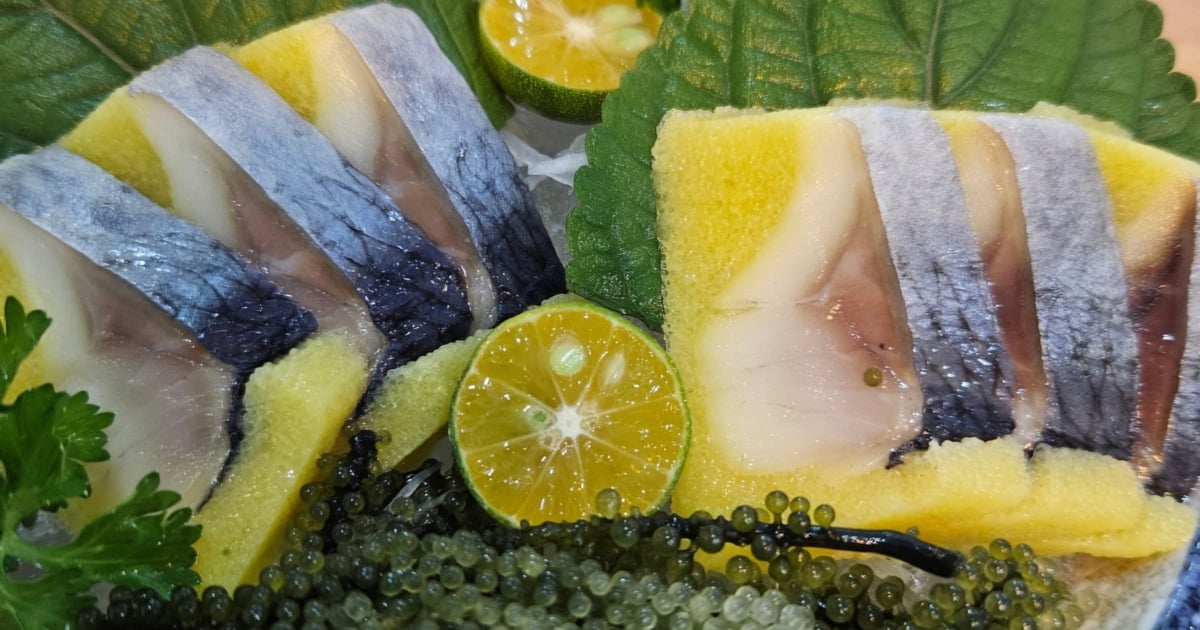



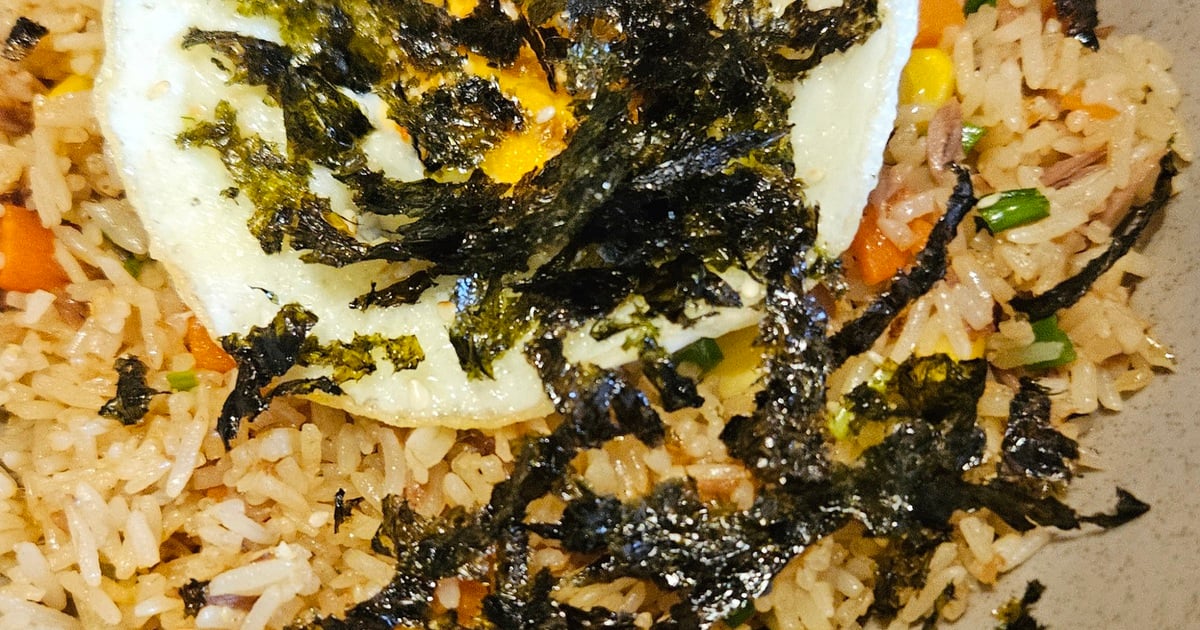

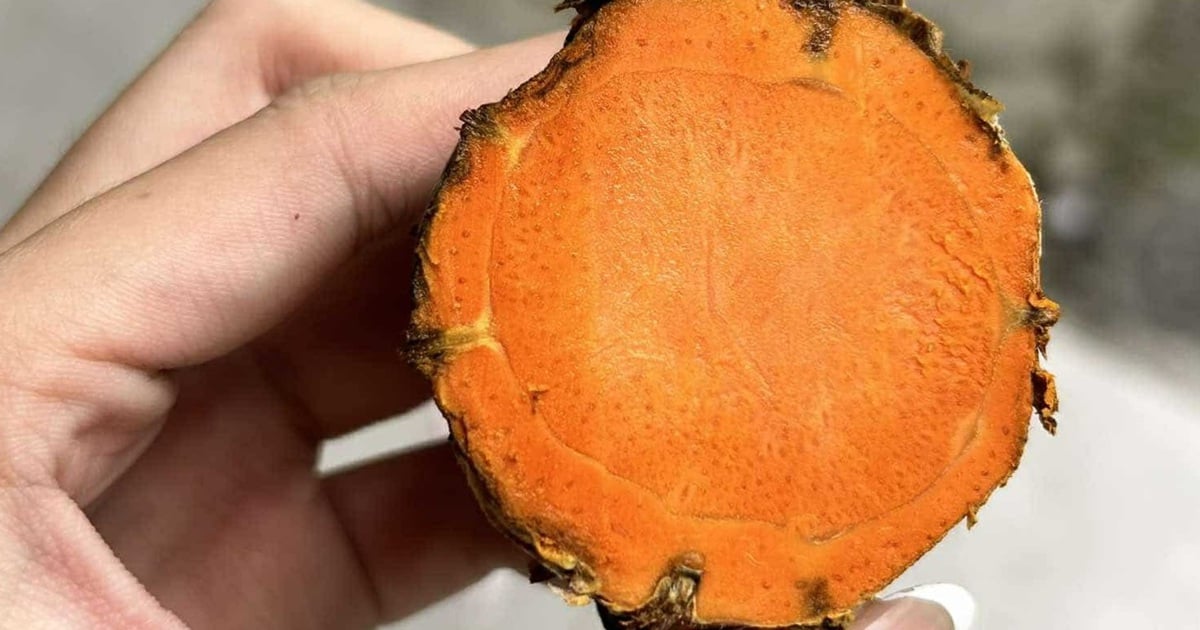




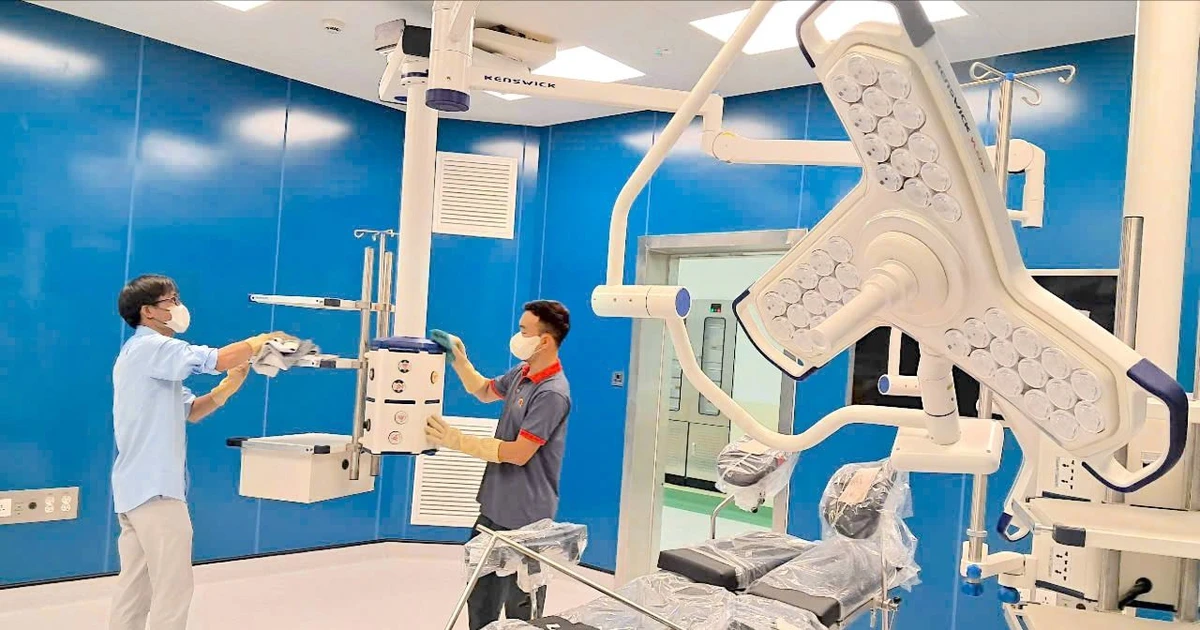







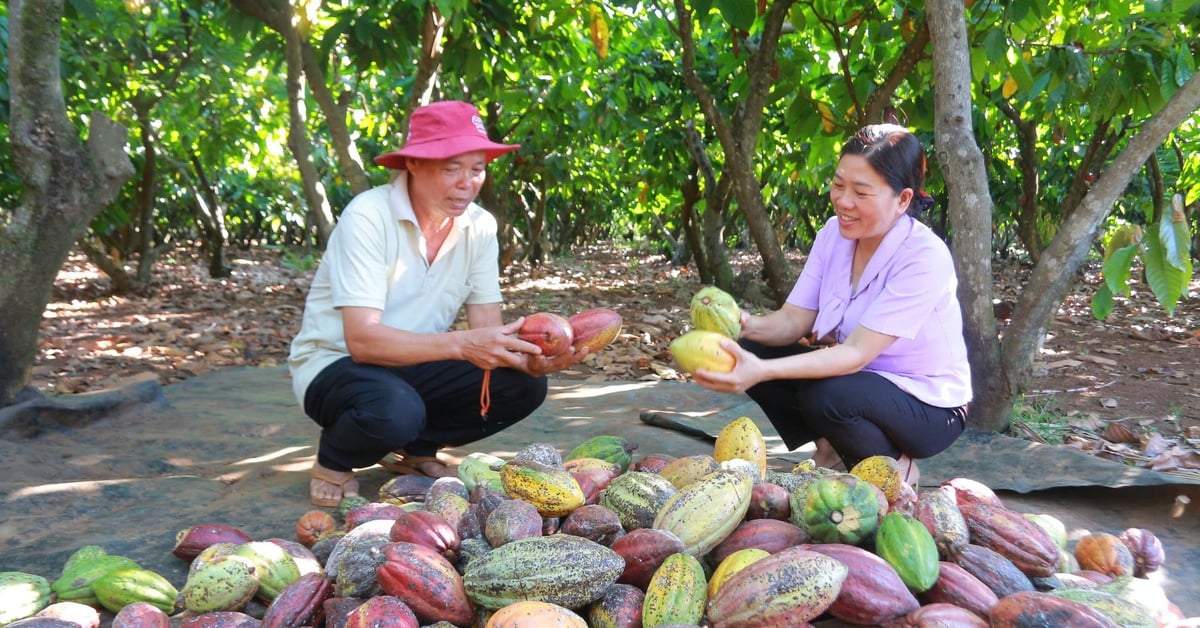
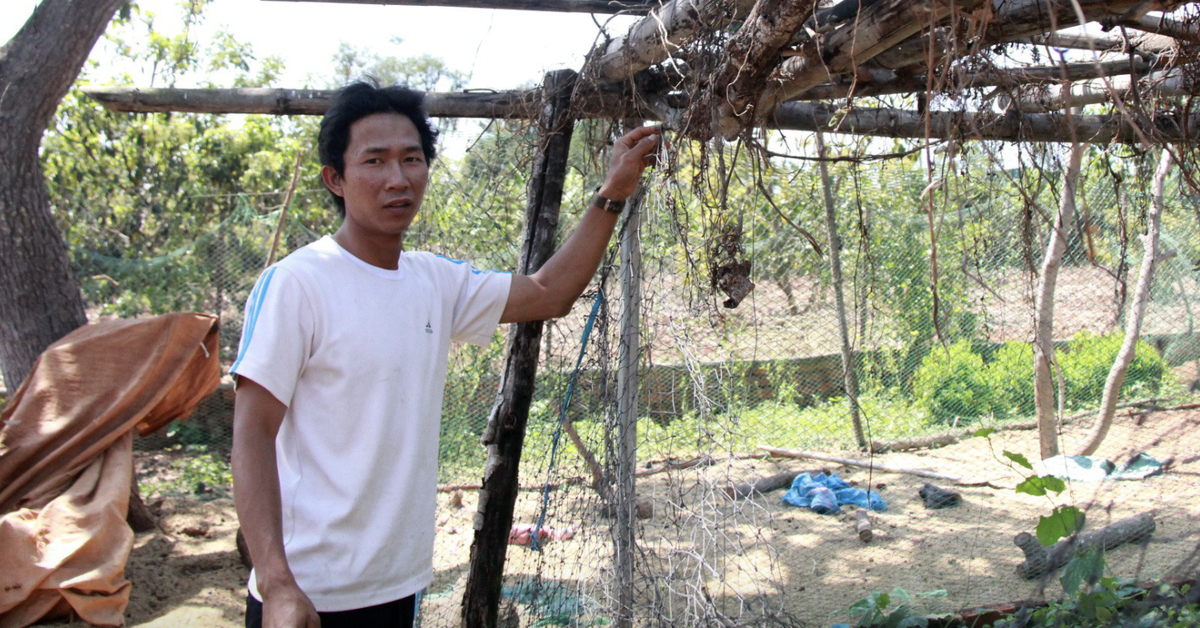

![[Photo] Binh Thuan organizes many special festivals on the occasion of April 30 and May 1](https://vstatic.vietnam.vn/vietnam/resource/IMAGE/2025/5/1/5180af1d979642468ef6a3a9755d8d51)
![[Photo] "Lovely" moments on the 30/4 holiday](https://vstatic.vietnam.vn/vietnam/resource/IMAGE/2025/5/1/26d5d698f36b498287397db9e2f9d16c)































































Comment (0)